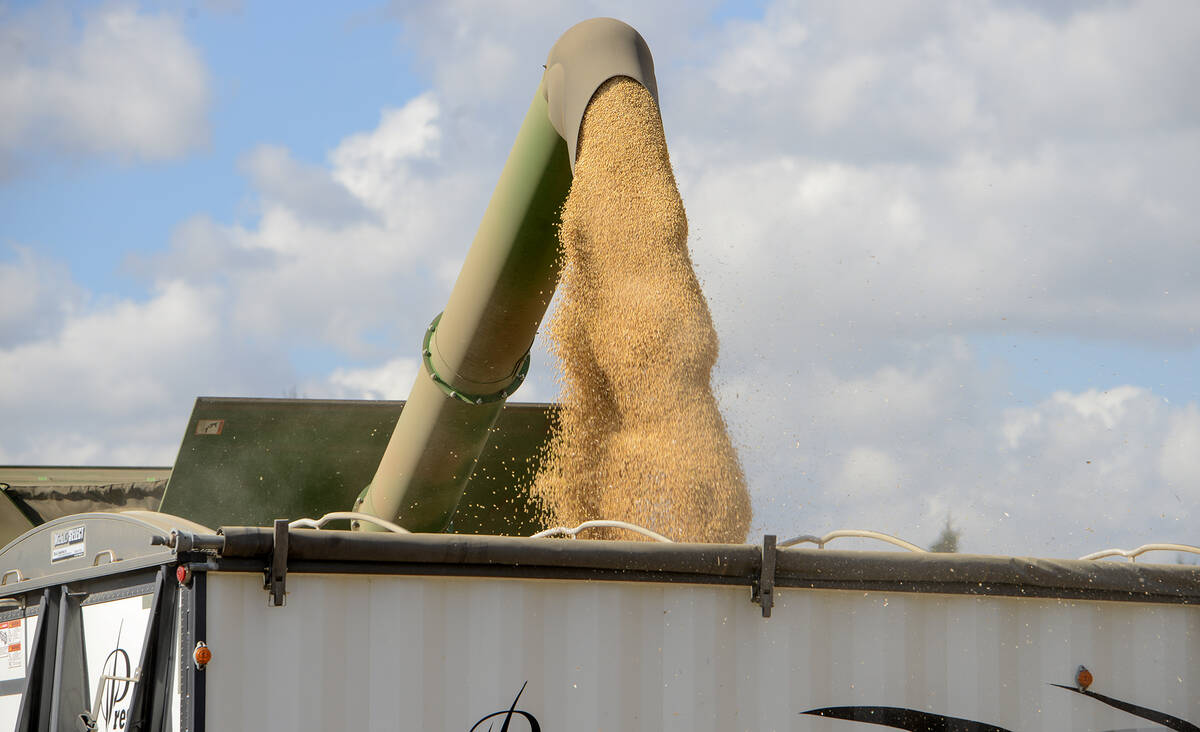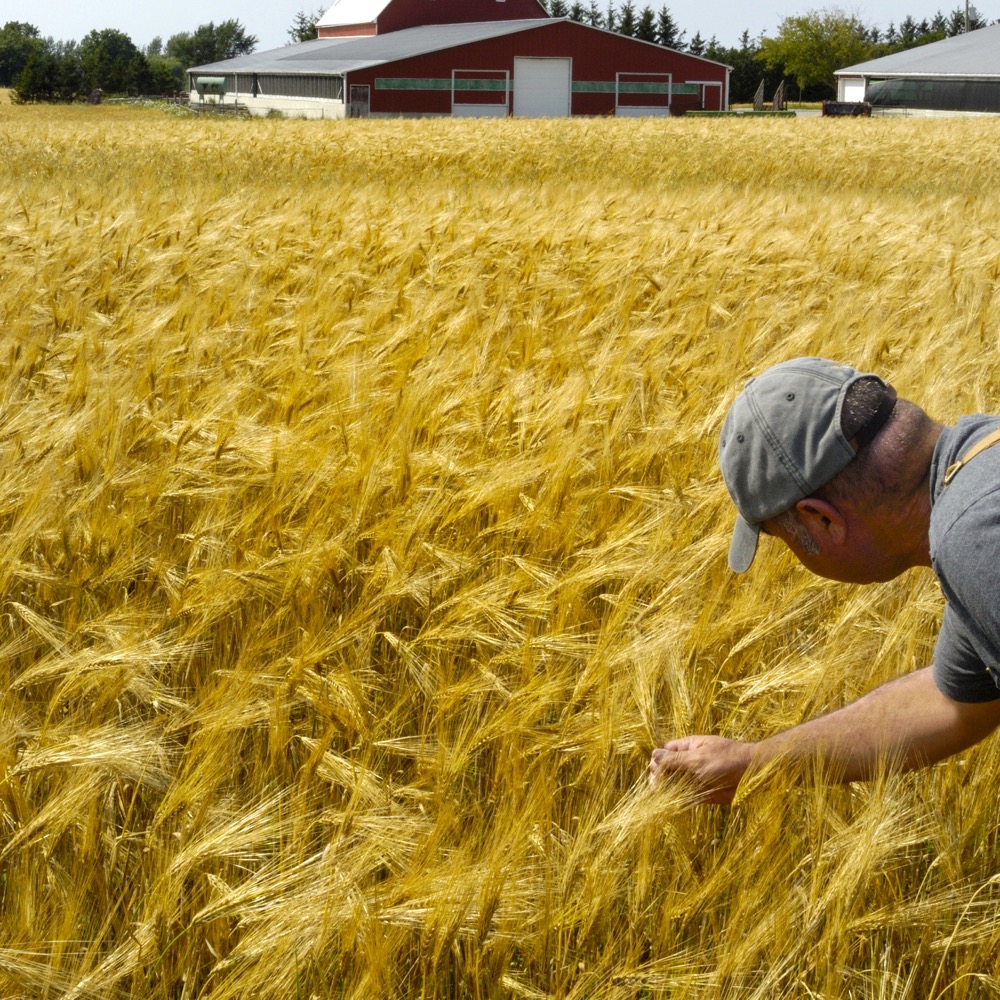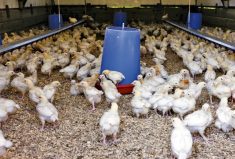John F. Kennedy, the 35th president of the United States from 1961 to 1963, had some unique insights and understanding of farming finances and economics.
During a 1960 speech in South Dakota at a National Plowing Contest, then senator Kennedy shared some thoughts that still hold true today:
“The farmer is the only man in our economy who buys everything at retail, sells everything at wholesale and pays the freight both ways.”
This does seem to be a rather skewed situation doesn’t it? What can producers do to level this playing field? How can you balance your role and increase your pricing power within the global grain industry?
Read Also

Grain markets hungry for U.S. data
The U.S. government shutdown meant that futures markets were left without robust grain supply information
Actually, farm businesses have an advantage that many businesses don’t. Their flexibility in marketing and sales comes from having access to exchange-traded pricing tools like options and futures. This is what sets them apart from many other businesses.
With only between five and 10 per cent of Canadian farmers using all the selling and hedging tools available to them, it shows not enough effort and attention is focused on marketing. Self-admittedly, Canadian farmers can grow some of the best crops in the world, but many agree that their marketing and financial strategies need fine tuning.
Instead of exploring the technical details of options and futures, let’s first take a step back to look at the bigger picture of farm marketing.
When I’m on the road across the Prairies speaking about hedging and risk management, I start my presentations by asking some fundamental farm marketing questions.
Taken from self-assessment and business development guides, one by the Government of Manitoba called Gaining Ground – Agribusiness Assessment and the other, Taking Stock – Farm Business Development Initiative from the Government of Saskatchewan, they ask a series of self-assessment questions related to labour, production, environmental, safety and, of course, marketing.
Here are five key marketing questions from these two publications:
1) Do you set marketing goals that can be measured and have a written marketing plan?
Maybe you protect or price one-third of expected production in the spring, another one-third throughout the summer once production is more certain and then one-third at harvest in the fall? Do you know your break-even levels and costs of production? Do you know what you will do if prices get to that level? Or more importantly, what is your backup plan if the price never gets up there? Are these marketing procedures and processes written down? What type of spreadsheets or reports do you use to manage all these issues? Take some time before spring to think about and plan for these items.
2) Do you monitor and revise your marketing goals and plan?
Once your initial marketing plan is in place, it’s not just something you keep in your drawer and forget about. It’s a living document that evolves as the crop year progresses. Many factors will affect your marketing plan throughout the year: What are your yields looking like? What are futures prices doing? Are basis levels getting better or worse? What are the emerging price trends you can benefit from? What about next year’s crop? Are there good prices for new crop? Make sure to update and revise your plan at least monthly or as conditions change.
3) Do you have the interest and skills to make good marketing decisions?
Who within the farming operation has or will develop the interest and skills to implement and monitor the marketing plan? If it’s not you, will it be your partner? Your spouse? Or is your son or daughter in charge of marketing? With marketing courses, hedging workshops, webinars and material available online, you have access to plenty of resources to make this happen.
4) Do you understand and use option hedging strategies?
Forget the dog. Exchange-traded commodity options are a farmer’s best friend since they address the three main reasons why producers have not used hedging tools fully. Options offer these main benefits:
- No production commitment or delivery risk;
- Downside protection you need; upside potential you want;
- Minimal capital requirements with no futures contract margin calls.
Options are available on numerous farm commodities including wheat, canola, soybeans, corn, oats, fats and feeder cattle, hogs and the Canadian dollar. The nice thing about options is they really are like a Swiss Army knife of marketing tools. This one tool has so many attachments that an option-based strategy can be the perfect fit for almost any market environment or scenario.
5) Do you have an overall revenue management strategy for marketing your products?
Hedging with options is just one piece of the revenue management puzzle. The overall picture also includes storage and carrying opportunities, what basis levels are doing, delivery constraints, local cash market conditions and contingency plans should prices move higher or lower. Processing this information and then acting on it is crucial; that’s the value of having a marketing plan.
Bottom line, the one factor that changes constantly and affects all these five marketing issues is the price of your farm commodity you sell. Flexible option revenue management strategies can help make these Top 5 marketing decisions and planning steps easier to implement and more manageable. Think of option-based revenue protection as insurance on prices since they are similar to the insurance on your truck, equipment and buildings.
So, while JFK may have been right, incorporating exchange-traded commodity options into your marketing plan gives you advanced sales strategies to tilt the playing field back in your favour. Be part of that five to 10 per cent of top farmers who have all the tools in their marketing tool box.















